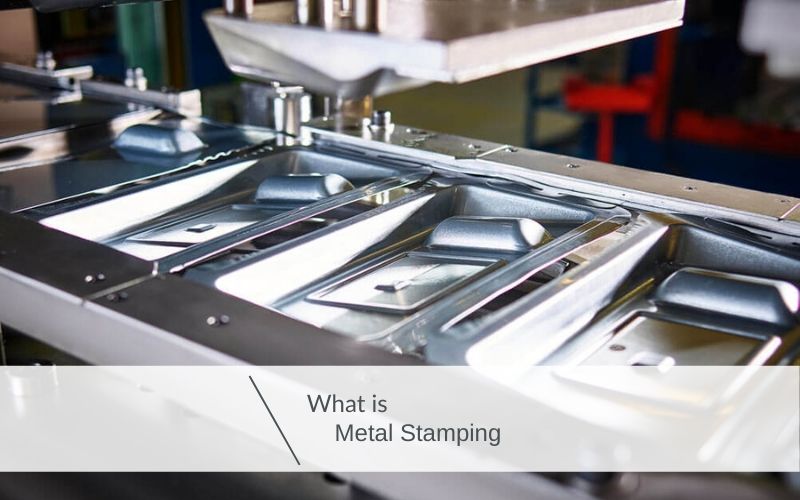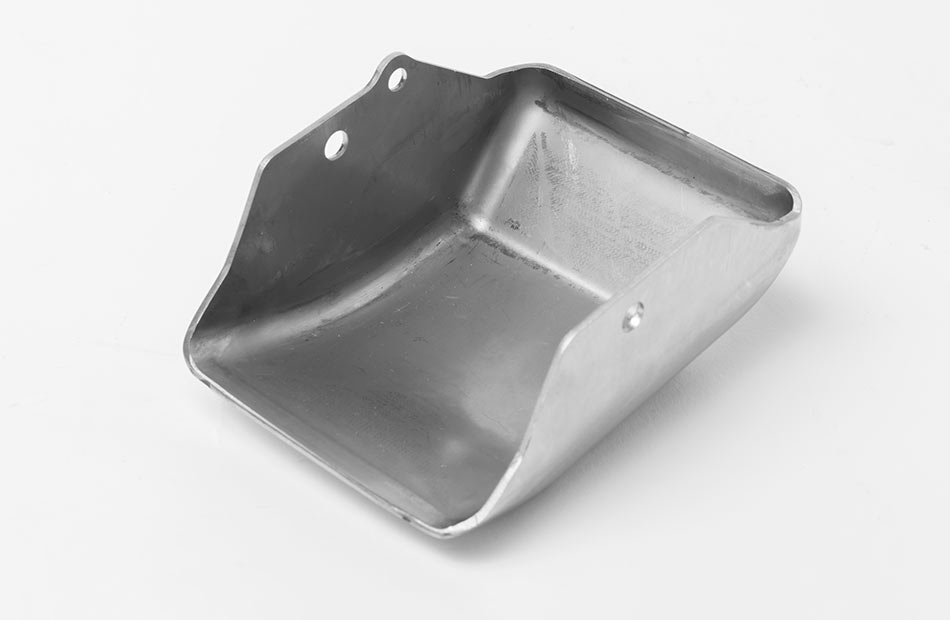Discovering the Function of Metal Stamping in Modern Design Solutions
Discovering the Function of Metal Stamping in Modern Design Solutions
Blog Article
Unlocking the Power of Steel Stamping: Techniques for Boosted Item Advancement
In the world of production, the application of metal stamping holds a substantial place due to its versatility and performance in producing complex parts and parts. Nevertheless, the real possibility of metal marking remains untapped by numerous business seeking to enhance their product advancement procedures. By discovering advanced methods and strategies tailored to enhance style, material option, production performance, and quality assurance, organizations can open a wide range of possibilities to boost their items to brand-new elevations of technology and performance.
Benefits of Steel Stamping
Metal stamping deals a efficient and affordable technique for producing high-grade steel parts. One of the vital benefits of metal stamping is its capacity to develop complicated geometries with high precision and consistency.
Moreover, metal stamping enables high-volume manufacturing, making it suitable for jobs that need large amounts of steel elements. The speed and repeatability of the marking procedure not only guarantee cost savings however also contribute to faster turn-around times for production orders. Additionally, using automatic tools in steel stamping aids lessen the danger of human error, leading to boosted general product top quality.

Design Optimization Methods
Through careful consideration of product homes and geometric configurations, layout optimization techniques play an important duty in boosting the efficiency and capability of steel marking procedures. By strategically examining factors such as material strength, type, and density, manufacturers can tailor the style to make best use of the performance of the stamping operation. Utilizing simulation software application, designers can forecast just how various layout variants will behave under various stamping conditions, enabling the identification of potential issues before production begins.
Additionally, incorporating features like fillets, chamfers, and embosses right into the layout can boost the general high quality of the stamped component while reducing the threat of flaws such as warping or cracking. In addition, maximizing the format of attributes on the part can boost the material circulation throughout stamping, resulting in more accurate and consistent outcomes.
Basically, style optimization techniques enable suppliers to adjust their metal stamping processes, resulting in enhanced product top quality, boosted production effectiveness, and ultimately, an extra competitive placement in the marketplace.
Material Selection Methods
Style optimization methods in steel stamping procedures heavily count on calculated material option approaches to make sure the wanted performance and performance of the produced components. The choice of product in metal stamping is critical as it directly influences the quality, resilience, and total performance of the last product. When selecting the suitable product for a certain project, aspects such as mechanical residential properties, formability, deterioration, and cost-effectiveness resistance need to be taken into account.

Stabilizing the performance needs with the overall cost of products is vital to guarantee the economic practicality of the manufacturing procedure. By thoroughly evaluating these facets, suppliers can maximize their product selection approaches to attain premium item high quality and functional performance.
Enhancing Manufacturing Effectiveness
Performance in production processes is a critical aspect for guaranteeing cost-effectiveness and prompt distribution of top quality metal stamped components. To enhance production performance in steel stamping, several techniques can be executed. One essential approach is maximizing the tooling design to decrease material waste and lower production time. By utilizing innovative simulation software application, suppliers can fine-tune the tooling and analyze layout prior to real manufacturing, thereby enhancing the stamping process and improving overall efficiency.
In addition, carrying out automation and robotics in steel marking procedures can dramatically boost efficiency and consistency while lowering labor expenses. Automated systems can execute recurring tasks with high accuracy and rate, resulting in enhanced production effectiveness and greater result rates. Investing in modern stamping equipment with innovative attributes, such as servo-driven presses and quick die adjustment systems, can further optimize manufacturing processes and reduce downtime.
In addition, establishing clear interaction channels and promoting partnership in between style, manufacturing, and engineering teams is crucial for identifying prospective bottlenecks and carrying out continuous improvements in the production workflow - Metal Stamping. By embracing lean manufacturing concepts and leveraging modern technology advancements, producers can open the complete capacity of metal stamping processes and accomplish greater manufacturing efficiency
Quality Assurance and Examination Approaches
To make certain the constant manufacturing of premium metal marked parts, strenuous high quality control and examination approaches play a crucial duty in verifying the accuracy and honesty of the production procedure. Quality control in metal marking entails a collection of organized checks and actions to assure that each component meets the specified needs. find more Examination approaches such as aesthetic examination, dimensional evaluation, and product screening are frequently employed to evaluate the high quality of stamped parts. Aesthetic assessments make certain the surface area coating and stability of the Get More Info parts, while dimensional analysis validates that the parts adapt the required specifications. Product testing techniques like firmness testing and product structure analysis aid verify the material residential properties and architectural stability of the stamped parts. In addition, advanced technologies such as automated optical inspection systems and coordinate gauging devices are increasingly being made use of to enhance the accuracy and efficiency of quality assurance processes in metal marking. By carrying out robust quality assurance and assessment methods, suppliers can maintain high standards of high quality and uniformity in their metal stamped items.
Conclusion
In conclusion, steel stamping deals numerous benefits such as cost-effectiveness, accuracy, and adaptability in item development. Generally, opening the power of metal stamping needs a critical method to enhance product development processes.
Metal stamping offers a economical and effective technique for generating premium metal parts.Moreover, steel marking permits for high-volume production, making it ideal for tasks that need huge amounts of metal components.Through cautious consideration of material residential or commercial properties and geometric configurations, style optimization methods play a critical duty in enhancing the performance and capability of metal marking processes.Layout optimization techniques in metal marking processes heavily rely on tactical product choice methods to guarantee more info here the desired efficiency and effectiveness of the made parts. The selection of product in steel stamping is vital as it directly affects the top quality, resilience, and overall functionality of the last product.
Report this page